Dragon
Dragons are an ancient race of sentient beings that roam the planet of Jiwenia. They can be found on all the continents, including in the sea, and depictions of them go back to the same time as when kre and cimmerians first appeared.
Technically, dragons were the first sentient species on Jiwenia. The reason many count the Kre as the first is because dragons at the time were still highly vicious and it wasn't until the Era of Divide did historic texts note the forming language and the decline of savage behavior in the creatures. It is believed that draconis beings were created by Sun, Moon, and the top tier gods. But new evidence has arisen that may render this information moot.
In the early era, dragons roamed the land freely and did not socialize with others. The only exception to this is the dragons who were raised alongside phaizarn dragon counterparts. It has been proven that dragons are rather intelligent, they had their own language, could understand other languages, and a few could control magic.
There are six prime dragon colors and breaths, also known as the parent breeds. All dragons originate from these colors and breaths. They are: crimson with fire breath, black with acid, green with poison gas, white with frost, blue with lightning breath, and gold with wind. Any other color, such as purple, is a result of dragons mixing, so red and blue. Typically in these dragons either a new breath is created or the dominant breath wins out. Using the previous example, purple dragons have an energy breath that appears similar to electricity and crystallizes over time.
Basic Information
Anatomy
All dragons hold colorful scales, a trait that many dragon-kin (save some amphipteres) will find themselves with. Another thing is their sharp teeth and forked tongues, though the uses of such tongue differs.
The most commonly seen, the dragon, are flying reptiles with four legs and bat-like membranes that yield to an array of different types of wings. Though uncommon, some dragons may have four wing membranes on their back. Wyverns are close to their dragon cousins but instead of four legs, they have two legs and can stand and walk upright. A step down from them are the creatures known as drakes. Drakes are perhaps the most closely related to dragons, but they miss one vital thing, wings. They also don’t grow to the same height as dragons, full adult drakes have been known to grow up to 25 ft., roughly the same size as some healthy hot-blood horse breeds. And the last is the small amphiptere, a small winged serpent that possessed no legs.
The scales are the toughest part of a dragon, being able to reflect a number of sharp objects and even sometimes elemental projectiles. A dragon’s largest weakness was their underbelly and throat area. Unlike the upper area, their underbelly was protected by nothing but tough skin. Another weak area is the dragon’s wings, though these were a bit tougher thanks to their hardy leathery texture. Only repeated sharp attacks could pierce a dragon’s wing and no smart dragon allowed such thing to happen.
Growth Rate & Stages
It was universally known that males were more prevalent than females, in both the wild and in capture. Draconologists state that this was because females usually were smaller than males upon birth, making them a much easier target. Though this would change as soon as a female reached adulthood, for they then became much larger and much more of a threat. Females were believed to be smarter and once fully mature, much more aggressive and stronger. Females would find and choose the toughest males, usually going from male to male before finally deciding upon one. Dragons mated for life, staying faithful to their partner and both parents staying around to raise the egg. Once the young dragon was old enough to fend for itself, it was sent out. Though this is true, it was also not rare to find an abandoned egg lying around.
All races of dragon hatch from eggs and are referred to as dragonling or hatchling. Newborn dragons are rather small and defenseless, perfect prey for large cave lizard, wolves, and bears. Dragons, and wyverns are born with wings, though they are useless until they become juveniles. The only race of dragon that can immediately fly after being born, are amphipteres. Drakes are born with wing-like membranes that later fall off when the drake becomes a juvenile. Yet, unlike the others, drakes are born with tremendous advantages like the ability to run and perform incredible jumps. They’re teeth are also sharp and after a few days of being born, can immediately start their diet on raw meat. The others, are weaned on dragon milk.
The next stage is juvenile, also known as the teen years. At this age, many of the winged races can fly and understand how to use their breaths. For those who can perform magic, this is usually the age where dragon elders will begin to teach them, or another kind of mentor.
At the age of young adult, male dragons reached maturity and their growth slow down rapidly. This being the opposite of females, who reach full maturity when they are adults, but that doesn’t stop their growth. Young adults were able to breed successfully, though breeding at this age was normally a last resort. Any other time, dragons usually wait for females to reach adulthood. Once a dragon reached adulthood, they were fully mature and were a force to be reckoned with. This usually took fifty years and would last for another century.
If a dragon was able to see the status of high dragon, it was truly through luck. Many dragons died in adulthood for a number of things. Only female dragons usually saw the status of high dragon, which is why this stage was also known as the dragoness stage. This is not to say that males didn’t reach this status, but because of breeding rights, territory, and other things, males usually didn’t live this long. Because dragons never stopped growing and they could live for centuries, it was at the high dragon stage that their activity lessened, and they spent their time collecting treasure and sleeping for decades. If a dragon made it to the stage of ancient dragon, then they were no longer able to mate and spent their time sleeping. They were the size of small islands and a force to be reckoned with. A run in with an ancient dragon never leads to something good.
Additional Information
Social Structure
All races of dragon-kin have a social structure save for wyverns who are solitary creatures outside of mating season. Both male and females defend their own territory against others and have been known to only accept amphipteres to share said land. They mate during late Smoten and Beasxos and typically give birth to an average of ten eggs in Hat'ein or early Monsuna.
Amphiptere
Though known to be solitary creatures like wyverns, amphipteres do follow a social structure if living alongside another species. There is an almost mutualism symbiotic relationship with those they decide to be around. Take for an example a pack of wolves that decide to spare the amphiptere and work with it. The amp warns the wolves of predators as well as helps it find food. The wolves spare some of the amp it's food and provides protection. The same can be said if an amp bonds with a sentient species. It is not uncommon to see some with amps as companions. The individual feeds and gives shelter to the amp and the amp provides companionship and extensive help in whatever the individual needs.Dragons and Drakes
Regardless if a dragon is solitary or lives within a flight, there is a social structure that is adhered to. The eldest female dragon who have bore the most offspring, commonly known as the Matriarch, rules over a region. Though a solitary dragon does not operate under her rule, it does have to provide a portion of its kills and possessions to her. Drakes do the same but due to not being creatures blinded by greed, they only provide food. In regards to a flight, under the Matriarch are the Elders, matured dragons picked by the Matriarch that aid in both the survival of the flight as well as guidance. They are the wisest and most knowledgeable. Under them are the caretakers, dragons who care for the eggs and dragonlings. Next are warriors and hunters. Typically the group following them are the dragonlings and juveniles as every other dragon will have a place in one of the previously mentioned areas.Uses, Products & Exploitation
Live dragons, wyverns, and drakes are great sources of dragon milk, which is actually not milk at all but a highly nutritious substance used to later feed dragonlings. It is used in a variety of recipes and is enjoyed by many.
Sadly, product wise, that is all a live creature is good for as there are far more uses for it when dead. Scales and wings are used to make armor, weapons, and furniture. Teeth, horns, and claws are used as decoration, for tools, and have been found to be powerful and necessary ingredients in some medicine. The meat is a delicacy and feathers are popular decorations and accessories. A dragon's head alone is a worthy trophy for any hunter and mounts great halls and castles.
Perception and Sensory Capabilities
It's thought that all dragons have magic within them but it has been shown that not all dragons are able to tap into that magic, be it due to patience, natural skill, etc. Drakes are the only race that don’t possess such an ability, while all amphipteres have the ability to use such magic. Wyverns must be trained but few ever reach their full potential thanks to their stubbornness and aggressive behavior.
Though dragons as a whole are intelligent, it should also be noted that they are powerful, and sometimes malevolent, creatures as well. It’s not uncommon for a dragon to act without reason, burning an entire town down simply because it decided too. Wyverns and drakes are thought to be the least intelligent of the species. Drakes, like wolves and other possibly domesticated animals, can be trained by someone with great knowledge of the species and patience. If trained successfully, they can acquire a mount and a loyal protective companion. Many Phaizarn state that drakes are for those who either don’t have the strength or the ability to bond with a dragon. Wyverns, on the other hand, have shown mild intelligence, but only enough to classify them above that of the drakes. Wyverns act purely out of selfish and evil reasons, making them superior war creatures but anything else is almost impossible.
Amp's are still much of a mystery. They have shown the ability to reason and think for themselves but it also seems limited. A study done shows that the small creatures are solitary, though they do not mind bipedal creatures and have been known to be extremely loyal and wonderful pets. The study also presented more questions than answers as tests were done to find the extent of a amphiptere's cognitive ability and came back with mixed results. Numerous amps showed signs of intelligence but then when tested again, but at a different time, were unable to perform the basic tasks. Many believe that amps just enjoy being tricksters and letting others presume that they do not understand.
Civilization and Culture
Major Language Groups and Dialects
Mîmwîck
History
The history of dragons goes back farther than most species. They can be found on every continent and in every ocean. Dragons vary in almost every way: colors, sizes, types, and races. Because of this, there are plenty who have devoted their lives to learning more about them. The study of dragons is called ‘draconology’ and those who study them, ‘draconologists’.
Most of these researchers were Phaizarn, finding it much easier to understand the creatures than other species. It is because of them that as much knowledge about dragon and their history is known. It’s not truly known where dragons originally originated from. The religion, Congregation of the Six Divines, states that they were a gift from Charznos and Orain and were the loyal companions of the High Gods. Other sources say that they, like all the other species, were created by the gods and deities and allowed autonomy.
Dubbed as the Six Divines, there are six ancient dragons that are believed to be the last living remnants of the ancient ones and each represent a parent color.
Draconis "The Eternal": Crimson/Fire Dragon
Known to be a hothead, Draconis is the father of the crimson dragons. He, like his kin, are fierce and manipulative, quick to anger and slow to forgive. They are loyal but only to a certain degree, never believing that they should let go of their ideals for the sake of another. Ruthless and cunning, they favor stealth and ambush when cornering their prey and do not have problems with cheating to get their way. They can normally be found in tropical and volcanic biomes.
Vanni "The Destroyer": Black/Acid Dragon
Uncaring and ruthless Vanni is the mother of the black dragons. She is the epitome of darkness, lurking in the darkness and possessing tremendous patience as she waits for an opportunity to strike. Black dragons will do anything to get their way and are not ones to take losing lightly. If they desire it, they will have it. They do not know the meaning of the word forgiveness and would rather destroy their enemies than stop and speak to them. Despite harboring many negative traits, black dragons are the strongest of their kind and the most loyal. Normally found in swamps and deep within caves.
Irisinth "The Young": White/Frost Dragon
Full of life, Irisinth is the neutral one of the group and the parent to all white dragons. They, like other white dragons, enjoy their solitude and bothering them will yield unfortunate consequences. Though highly intelligent, white dragons would rather put their brain to sleep and waste the day away counting their possessions and hoarding them against those who are jealous. They are one of the only dragons who are omnivores, found eating a variety of plants and fruits. Honestly, if it's frozen, they'll eat it. They can be found high in the mountains or even under hills of snow.
Mauve "The Champion": Blue/Lighting Dragon
There are none who would stand and question the bravery and kindness of Mauve, the mother of blue dragons. Blue dragons are lawful and would much rather enjoy their lives than worry about violence and treasures. They are the kindest dragons and unless threatened, will not attack. Truly they would rather spend their days swimming or watching the world from a distance. But if threatened their breath will do short work of whoever dares to challenge them. They can be found near lagoons, oceans, and other tropical regions.
Xitarraz "The Voiceless": Green/Poison Gas Dragon
Also sometimes nicknamed "The Vain," Xitarraz is the parent of green dragons. If not watching over their treasures and thinking of ways to get more, then they can be found admiring their appearance. Green dragons are extremely narcissistic and like nothing more than speaking about themselves. Many explores find themselves escaping the clutches of a green dragon by complimenting it nonstop until it was far too occupied with itself than them. They are clever dragons, found scheming with crimson dragons and making elaborate schemes. They like to play with their food, offering games and other things that will prolong the chase. When they are bored is when one must worry. They are also one of the only omnivore dragons and can be found eating leaves as well as bark. They can be found in forests and sometimes at the mouths of caves.
Aliranth "The Gifted": Gold Dragon/Wind Dragon
Typically found away from the others is Aliranth, the father of gold dragons. Like the rest of his kind, he enjoys learning and discovering more of the world. Gold dragons are travelers and while the rest of their kin deal in materialistic possessions, gold dragons crave knowledge and barter in it. They are lawful creatures and are normally the ones who keep everyone in place. They would rather kill their prey quick than let it suffer, hunting only when needed. They can be found on mesas and plateau's and deep cannons.
Dragon and Rider
Popular and discovered by the Phaizarn, dragons and specific people have the ability to bond and form a companionship that can rival any other. During the Era of Divide, the act of unshifting (runt/mutt) Phaizarn bonding and riding dragons became a popular, though not all lucky enough to find a dragon. Since then, the practice of bonding both dragon and rider together have been common.Bonding
“You Alyrians have a weird way of finding your dragon, it’s no wonder half of you are attacked. That special feeling is probably you just having to fart.” – Amon
Un-bonding
The process in un-bonding with a rider is said to be painful, as well as highly frowned upon – especially amongst the Phaizarn and Kre. Both species believe that a bond with a dragon is sacred and should never be broken. Many times, it’s the rider who wishes to break it off with the dragon. There are only a select few cases where a dragon is the one to wish for so. Yet even with this being true, most of the time the dragon is the one who breaks the bond as many times the rider doesn’t know how to. To break a bond, either party must already have negative approval to the other. They must truly wish to break the bond for it to work. If negative feelings are indeed there, then the next step is putting distance between the two. The farther the distance the better, this causes the bond to weaken. The last step is shutting the other out. This is the hardest part, and some even compare it to alcoholic withdrawal. The process can be long and arduous but once it is completed, both are free. An un-bonded dragon can never again bond, just as a rider can never again bond with another dragon.Consequences
The life of a bonded dragon and rider was not all fun and games, in fact it was much harder. Many would find themselves bonded with a dragon even when they did not wish to be. Because of this, many believed in the selling and buying of dragons, an act that would cause any Phaizarn to go on a rampage. Bonded dragons with the ability to speak the tongue were so valuable, that some nobles would sell their land to possess them. If a rider bonded with a dragon then their energy and thoughts were fused together. The stronger the bond, the more natural the flow of energy and thoughts were. Not all of the consequences were nice though, as many could suspect. In a bond, the rider and dragon could sense one another over a certain distance, if the distance was too far then the ability to location one another would not work. Many believe this is because the bond connection grows weak over large distances, interrupting things. In this bond, if a dragon or rider was killed then the other could continue living life. Depending on the bond, the rider or dragon might go through a few health problems but nothing deadly.
Genetic Descendants
Scientific Name
Reptilia D’aany
Lifespan
Believed to be immortal
Conservation Status
Once, dragons were far too feared for anyone besides dragon phaizarn to approach. This changed in the later part of the Era of Blood when almost every part of a downed dragon was sold for extreme amounts of ruho and its meat was able to feed an entire village for weeks. Warriors and poachers alike set out to bring a trophy home and claim the title of Dragon Hunter, a new profession that was gaining traction in cities and capitals. The numbers of dragons went from thousands to mere hundreds and their depletion continued.
Many countries began to worry about the future of the species and set up restrictions. The most forward acting country being Paisa who placed bounties on the heads of poachers that exceeded the selling price of dragon parts. Other countries like Caezios encouraged it, as the market was thriving and opened its doors to any poachers seeking refuge. They also challenged laws that began to appear since dragon hunting was an actual profession. Countries like Nidinia and Pryce set up restrictions and narrowed down hunting seasons but otherwise did little to stop the influx of killing. The Forbidden Land/Treces was the first to open a refuge led by those once part of House Dragon. The ancient birth place of dragons is the most secure in the world and open to all.
Trivia
- Dragons consider bats, nuisances. The bats’ ability to seek out a dragon’s weak-spots, added with their sharp teeth, give them this title.
- There was little one could do to figure out if the dragon they encounter is a phaizarn or a real dragon. No high or ancient dragon could be a phaizarn due to the humanoids short lifespan. But dragon shifting phaizarn were accepted in dragon culture, allowing the two to live close together.
- The uqanan followers of Uqo have a similar social structure. It was no secret that Uqo revered the dragons as mighty beings and even once believed that uqanan were related to the great beasts, no doubt his teachings stemmed from them.
- Though referred to by many as dragons, wyverns, amphipteres, leviathans, and drakes are no scientifically classified as dragons but instead all rest under the class of draconian. The trend of calling them a type of dragon has baffled and irritated professionals in the field for years.

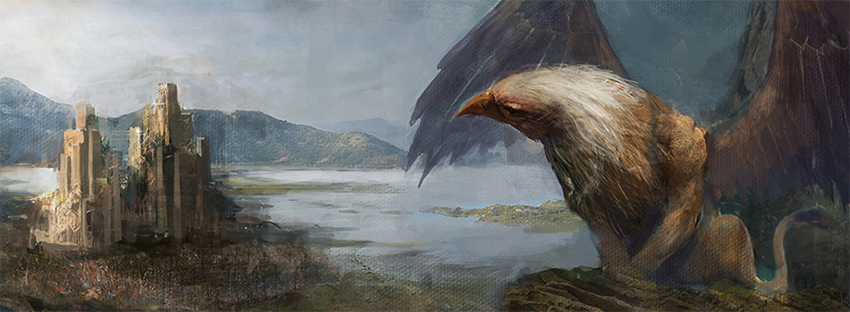
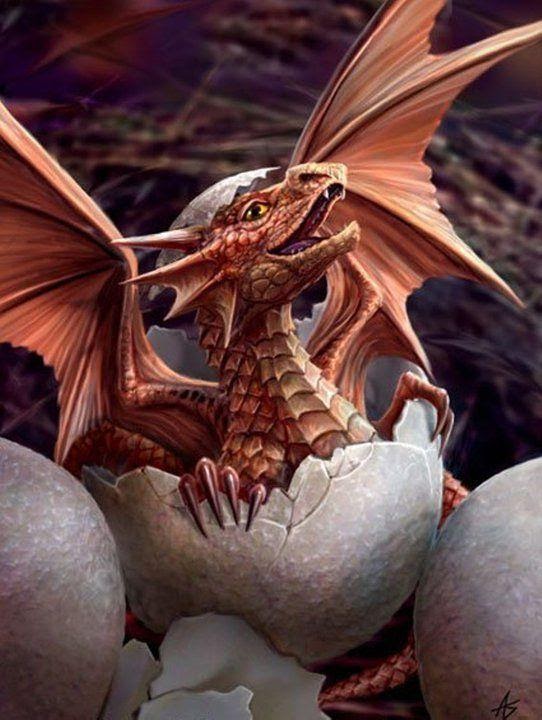
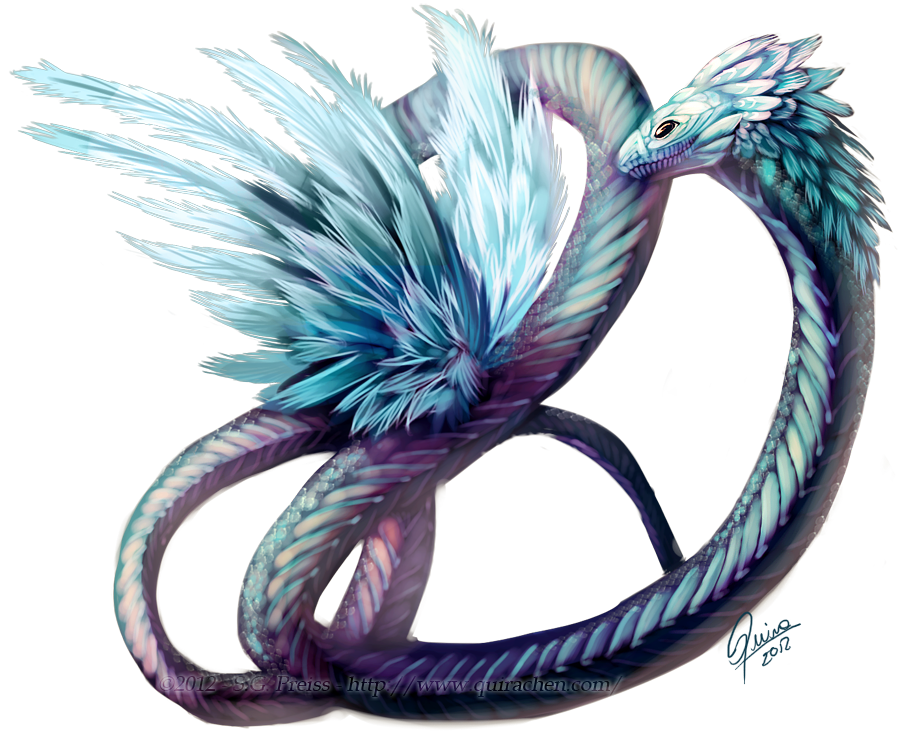
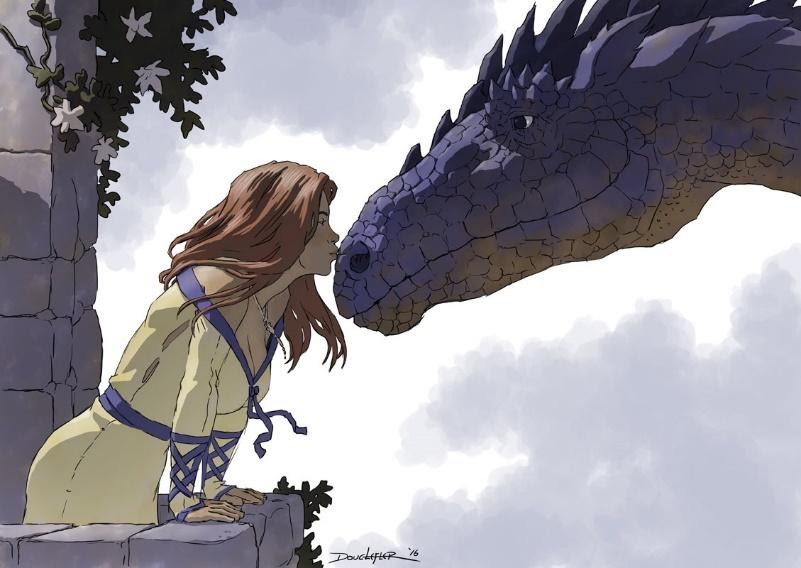
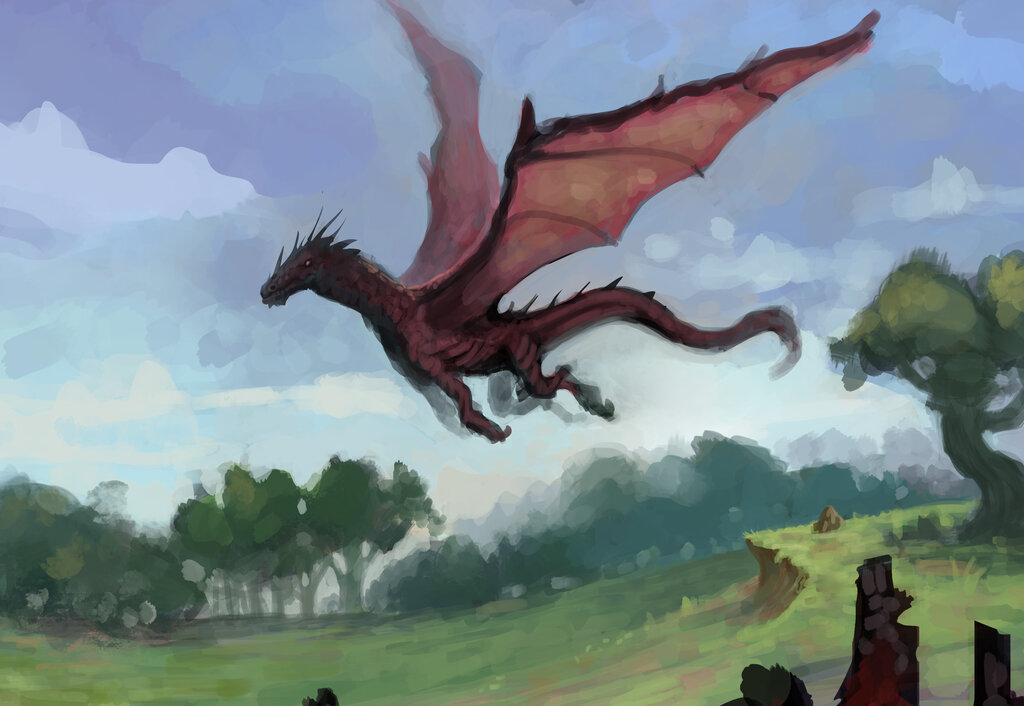
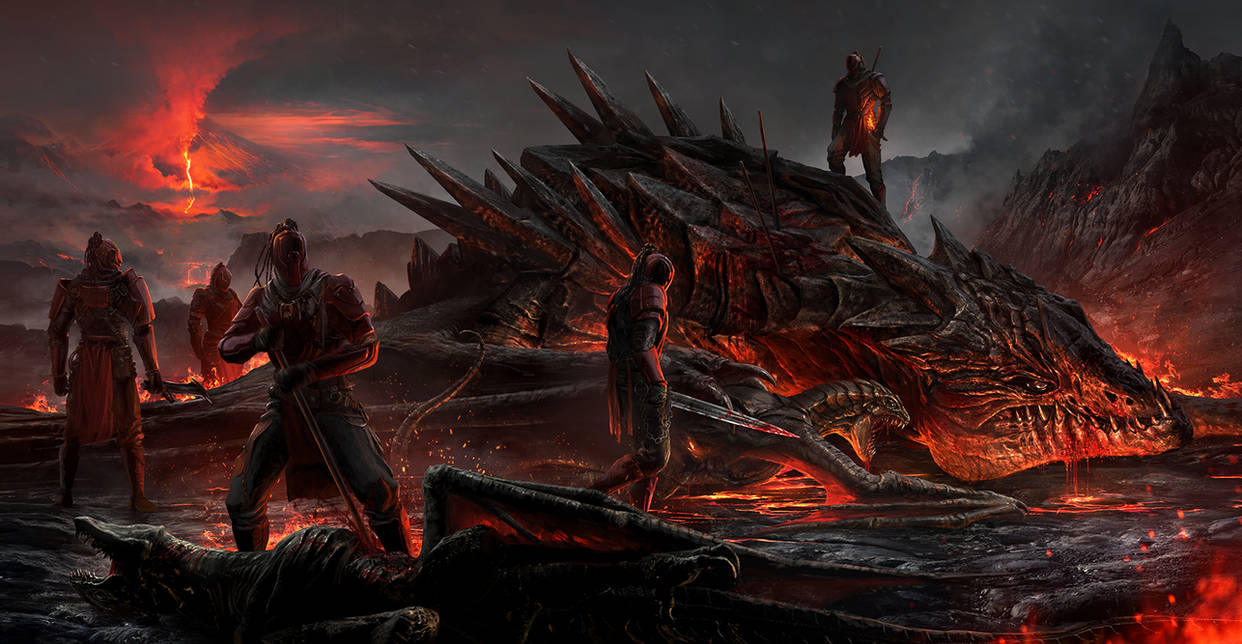


Comments